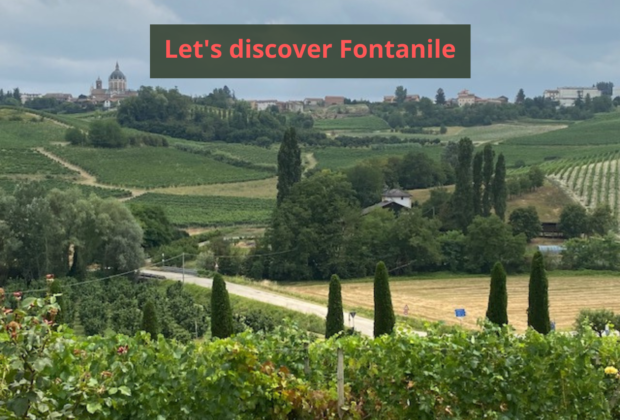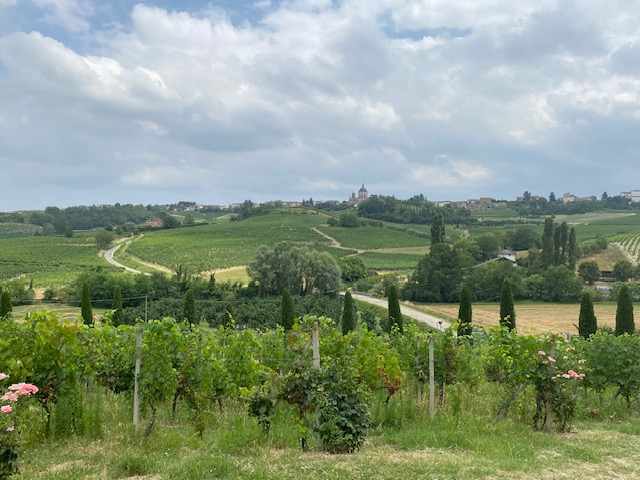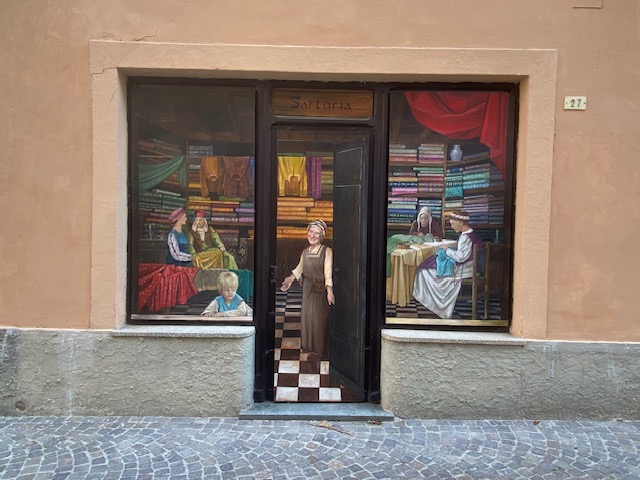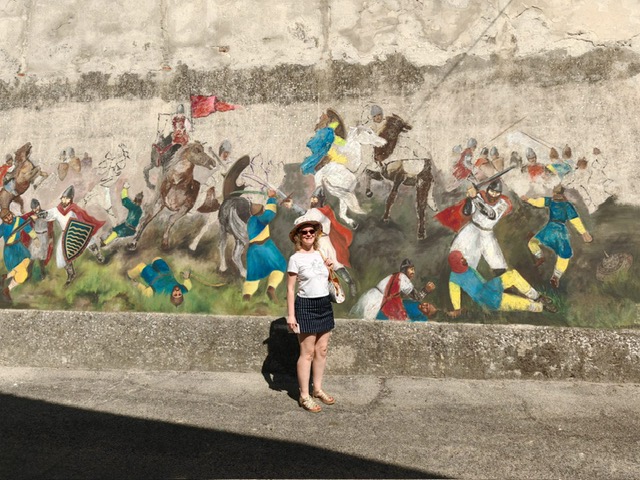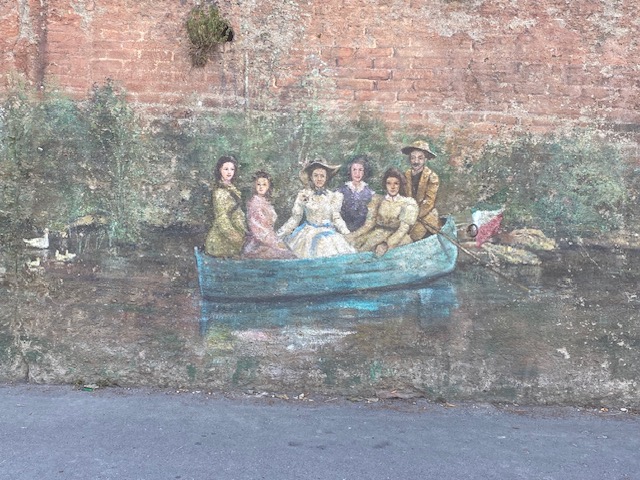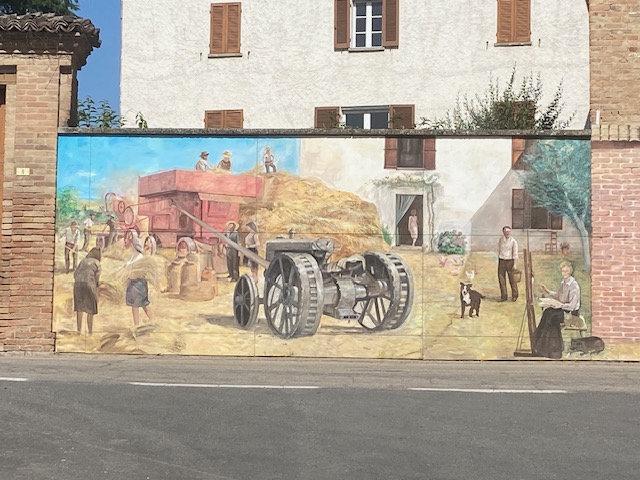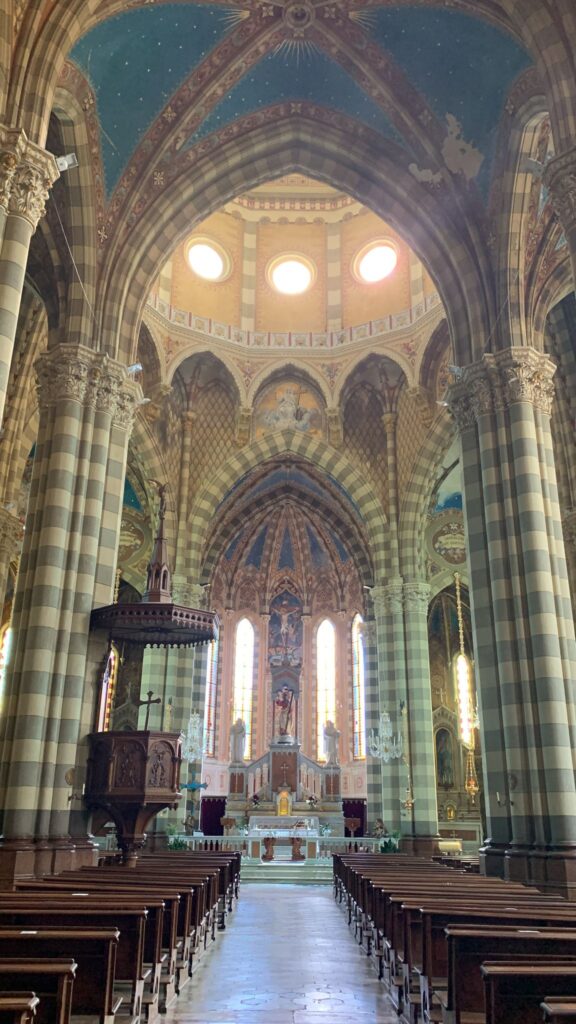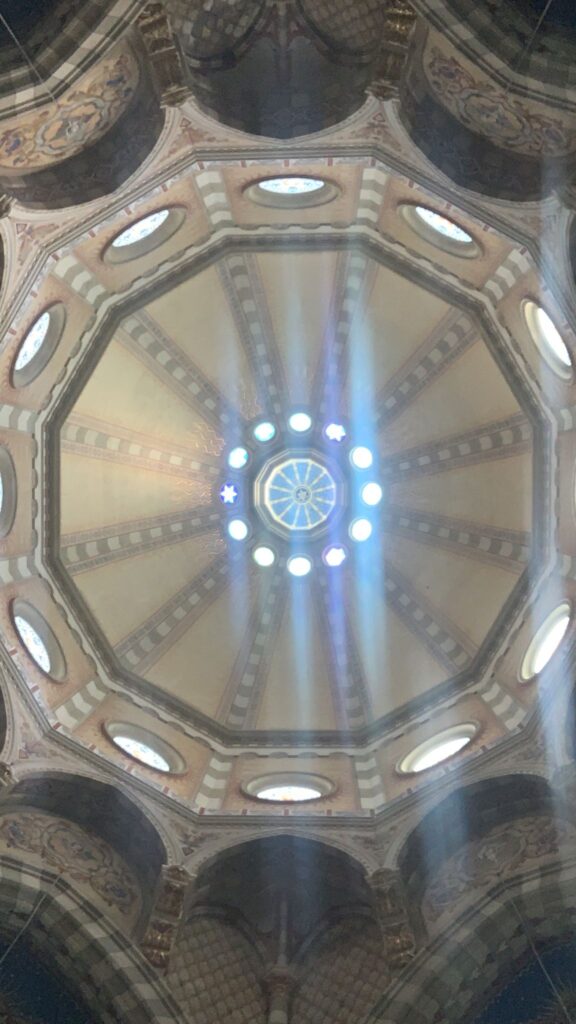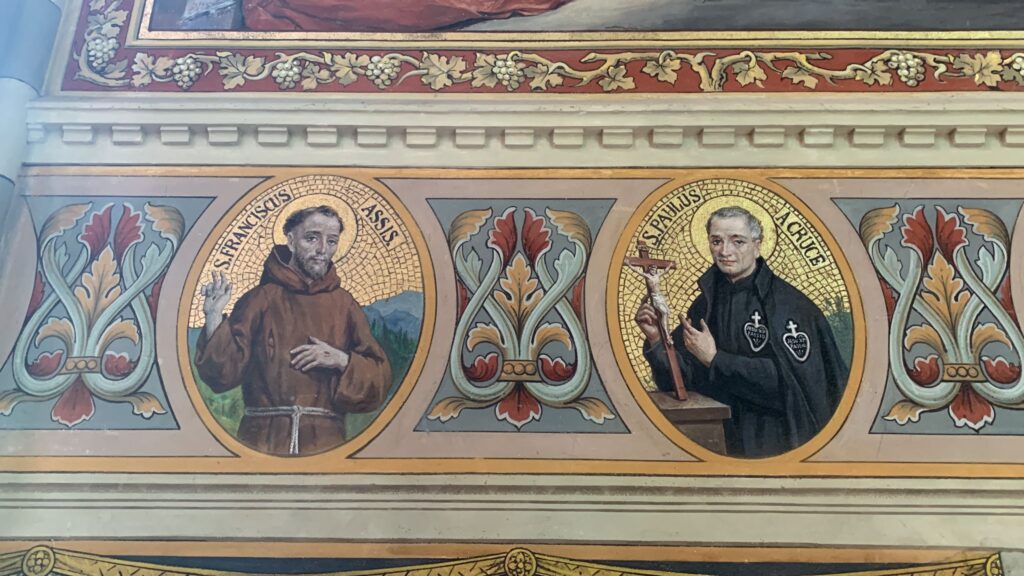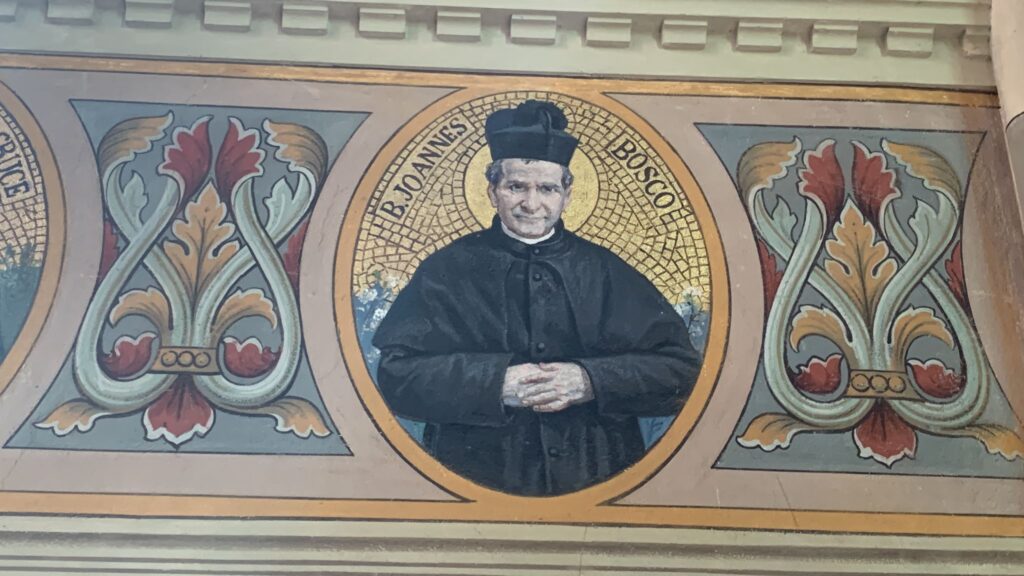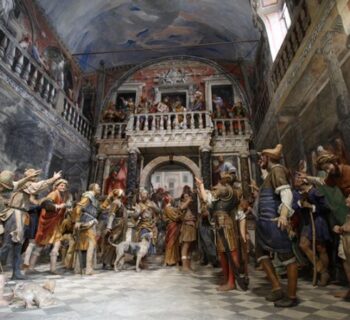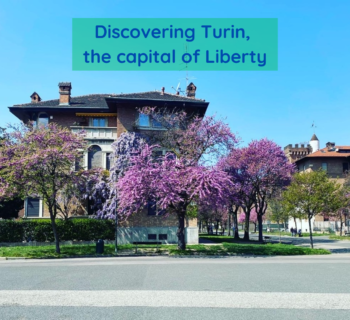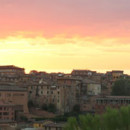Between Acqui Terme and Nizza Monferrato, nestled in the charming hills which produce the sweet Brachetto, stands the small and beautiful village of Fontanile.
Its name recalls the numerous water springs which once existed in the area around the village. The Latin term fontanilis, in fact, means "land rich in spring waters". Its link with water is testified by numerous sites still in existence today: the old public washhouse, the fortress well and the drawbridge in Via Marconi.
According to historians, the foundation of the village dates back to the period when, between the fourth and fifth centuries AD, the inhabitants of the surrounding countryside were forced to retreat to the top of the village to defend themselves from the invading barbarians. The construction of the fortified village, surrounded by walls and a moat, dates back to the first half of the tenth century, when the Saracens sacked the town.
Today the town is famous not only for an almost perfectly preserved historic centre, but above all for the splendid murals by local painter Luigi Amerio, which liven it up.
As part of a municipal project called "The walls tell stories", the village has been divided into three areas: in the highest section of the village, the walls show scenes from the period between 1500 and 1700, in the area enclosed by the first set of walls characters and episodes from the 1800s are portrayed and the outer area shows moments of daily life from the beginning of the twentieth century onwards. Thanks to this extraordinary project, in 2016 and 2018 the Municipality of Fontanile won third place in the regional competition "After UNESCO AGISCO".
Walking through the streets of Fontanile, visitors are drawn in by the liveliness of the images, which appear almost animated: you can almost hear the laughter of children playing hide and seek, the chatter of housewives and elderly people sitting on benches and the noises of the countryside. There is also a mural recalling this was the home of Francesco Cirio, the Italian entrepreneur who, in the second half of the nineteenth century, found a way to improve the shelf-life of perishable agricultural products by canning them, thus contributing to the popularity of good Italian food throughout Europe.
The project "The walls tell stories" is in continuous evolution, enriched year after year thanks to the talent and passion of painter Luigi Amerio, whom you can easily come across in the streets of Fontanile as he creates his images and with whom it is always pleasant to chat.
The top of the village is dominated by the eclectic Church of Saint John the Baptist, designed by architect Francesco Gualandi and featuring an imposing dome, which for size and height is the largest in the entire Province of Asti. Inside there are extraordinary frescoes by Turin painter Luigi Morgari.
Not far from the centre is the teal-colored Big Bench, from which you can admire the extraordinary surrounding landscape whilst sitting in the shade of a large oak tree. At the same time, on Sundays at the Barzotto you can taste the Belecauda, a very low savoury focaccia made with chickpea flour and water and baked in a wood-fired oven. It is a typical dish from Piedmont that is also eaten in Liguria, where it is called farinata, and in Tuscany.
Finally, from the centre of the village, you can easily reach the Cantina Sociale, where you can taste and buy numerous local wines, but especially the sweet Brachetto. This wine is not as famous as some and is perhaps a little snubbed by lovers of more substantial wines, but it has been known since Roman times for its natural sweetness and freshness. It is one of the so-called aromatic wines, such as the better-known Moscato and Malvasia. With a shallow alcohol content and a sweet and delicate flavour, Brachetto is particularly suitable as a dessert wine.
If you would like to see the village of Fontanile and taste the delicious Brachetto, do not miss the trip organised by our Turin school during the month of October. It will be a unique experience.
Should you then wish to link your name forever to the beautiful village of Fontanile, you can adopt a wall or part of it by making a small donation to the Municipality, which will keep the names of its benefactors in a special archive.
For more information, see: https://www.astigov.it/it/point-of-interest/itinerario-fontanile-i-muri-raccontano
Discover everything Piedmont has to offer:
- Turin is at the heart of the Italian Art Nouveau Week
- Discovering Turin, the capital of Liberty
- The secret beauty of Borgo Campidoglio in Turin
- Turin the Italian capital of chocolate
- The three capitals of Italy
- Let's visit Turin with our precious guide tour Vera
Scuola Leonardo da Vinci Turin
The welcoming friendly atmosphere of our school will make you feel at home and you can relax with your classmates in the small gardens of the adjacent pedestrian area.
Latest posts by Scuola Leonardo da Vinci Turin (see all)
- The 4+1 unmissable suggestions for Christmas shopping in Turin - December 17, 2025
- What is the difference between the Carabinieri and the Police? - November 26, 2025
- 5+1 scenic spots in Turin with the Scuola Leonardo - October 15, 2025


